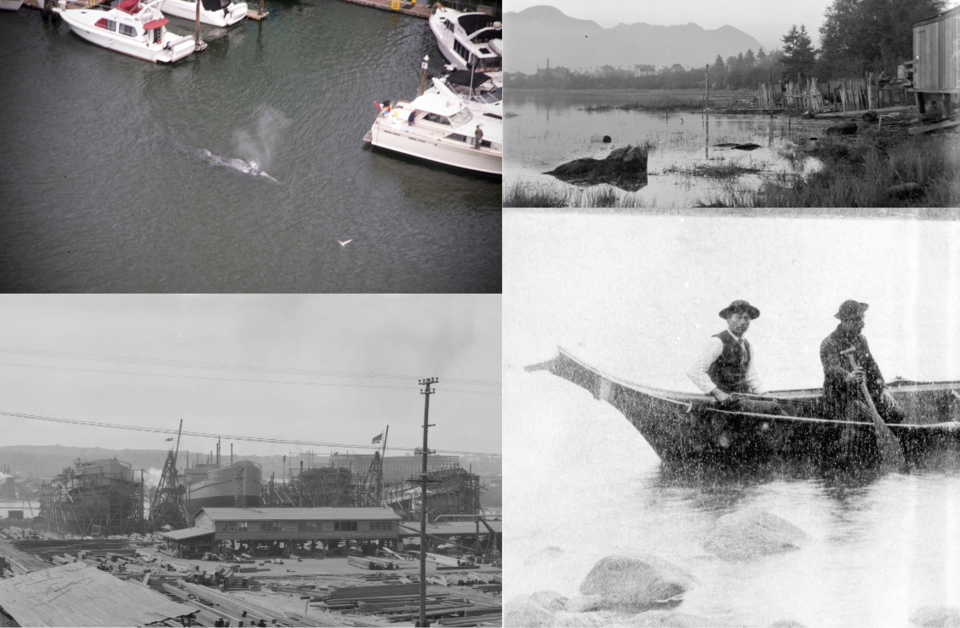False Creek is one of the defining features of Vancouver.
The short, narrow piece of saltwater was central to First Nations who lived in the area prior to contact, it was an important industrial hub in the city's early days, and it's become a tourist and residential feature with multiple important and iconic places around it.
However, while it's been an important feature to people in the area, it hasn't always been treated all that well. The water is still some of the muckiest around the area, and until redevelopment a few decades ago it was considered an industrial eyesore for quite a while.
In fact, even its current common name isn't all that respectful. The man who named it, George Henry Richards, did so because he thought it was a creek when he first passed by its opening while on a ship surveying the area. When he realized it wasn't he simply named it False Creek.
So here are five things you might not know about the little piece of ocean.
1. It used to be a good area for food
No, we're not talking about Granville Island's market. The body of water and shore around it were good places to source food for Indigenous residents.
Before it became an industrial area it was a calm channel with sand bars. According to Lee Maracle, an Indigenous author and historian, Snauq (as the body of water used to be called by local Indigenous people), was full of different types of food, from fish, to shellfish, to ocean vegetation like sea asparagus, to mushrooms to berries to other foods.
2. Shipbuilding on False Creek was the city's biggest industry
While logging was the financial driver to the City of Vancouver's earliest days and tourism and technology are essential now, Vancouver's role as a port has also been a powerhouse to the economy.
As part of that, for a period of time around the end of WW1 shipbuilding on False Creek was the city's biggest industry and economic force.
3. A huge area was filled in in 1921
False Creek used to be about twice as long as it is now, with a shallow marshy bit in the east. Nowadays that stretches from the current shoreline to Clark Drive.
In 1921, as part of goverments' efforts to build upon the city's industrial potential, the marsh area was filled in and turned into a rail yard.
4. There were calls to fill it all in more recently
In the 1950s, as the industrial eyesore that was False Creek's shoreline bothered more people, there was a discussion on what should happen, and plans were drawn up to fill in even more of it.
For example, in 1956, a heliport was proposed to council by city staff. It would have required a six-acre area to be filled in near Granville Island. There were also discussions about filling in the area between Cambie Bridge and the current eastern shoreline at the same time.
In the long run the city engineer suggested a 350-wide channel remain between Cambie Bridge and English Bay, but that might have been all.
5. A grey whale sighting
While much of False Creek's recent history has been industry-filled, there have been efforts in recent years to clean it up
While the shoreline won't become a salt marsh anytime soon with the seawall in place, the water itself has become cleaner, and some sea life has visited.
Notable in 2010 a grey whale perused the channel for a little while, much to the surprise of locals. Grey whales are a rare sight in the Salish Sea, and even rarer in areas busy with humans.



